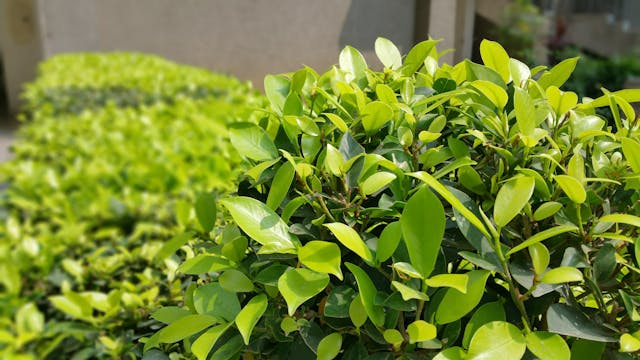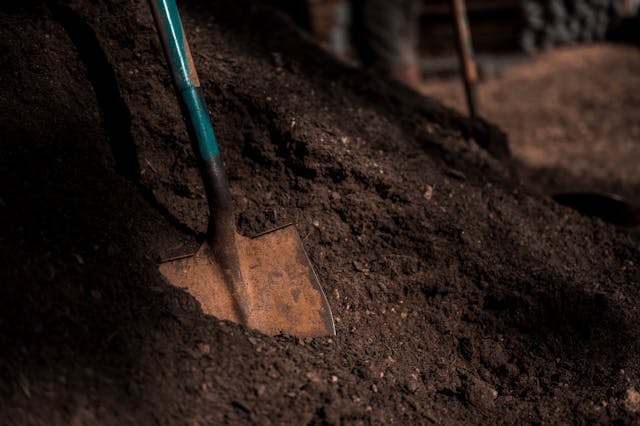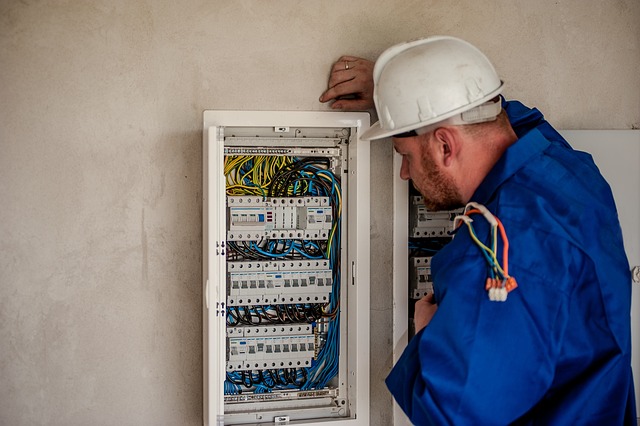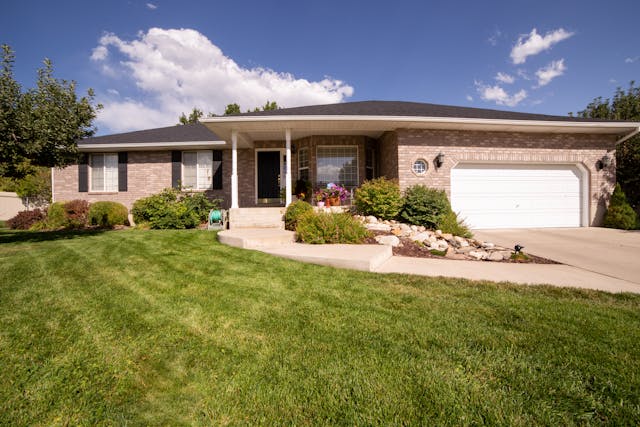Every garden, or park, and even the forest heavily relies on topsoil – the thin, life-nurturing layer of the ground/soil where plants take root. But things like erosion, overuse, or climate change are depleting it of its minerals and nutrients, and are making the topsoil less pH-balanced. This results in barren lands and damaged ecosystems – which is a problem.
What to do to combat this? Well, there are many ways, but one of the simplest ones would be to plant native plants. Native plants are those you’ll naturally find in your area and they’ve adapted themselves perfectly to the climate and soil (hence the name native). Not only are they beautiful, but they protect the land. They have strong roots that thrive without too much maintenance, they hold the soil together, and they naturally enrich it. They even create homes for local wildlife.
Now, why should any of this matter to you, you ask? That’s easy – without topsoil, there’s no life. Not just for the plants, but for animals and humans.
Let’s dig deeper into this and let’s see why you should start planting native plants right away.
What Native Plants Do for Topsoil
Topsoil is made of organic matter, minerals, and countless microorganisms. All of this works together to support plants’ growth and filter water so it stays clean. Without healthy topsoil, the plants don’t exist, and neither does our food.
Unfortunately, topsoil is relatively fragile, and forests being cut down, cities being built, and over farming are causing it to wear away. When you have no topsoil, the nutrients are gone, the water is polluted, crops stop growing, and animals lose their habitats.
And this all may differ based on where you are. Soil is not the same everywhere, nor is the climate, or the habitat, or plant life – all of which contribute to the overall quality of the soil.
Here’s a few boroughs/cities across the U.S. for comparison:
| Borough/City (State) | Climate | Soil Type | Soil pH Level | Organic Matter Amount |
| Cornwall (Pennsylvania) | Humid Continental | Loamy, silty | Slightly acidic | Moderate |
| Akron (Ohio) | Humid Continental | Clayey, silty | Slightly acidic | Moderate |
| Phoenix (Arizona) | Arid | Sandy, gravelly | Alkaline | Low |
| Seattle (Washington) | Marina (West Coast) | Loamy, silty | Acidic | High |
| Miami (Florida) | Tropical (East Coast) | Sandy, limestone-based | Alkaline | Low |
As you can see, soil can vary greatly depending on location (many factors affect it in some way). Topsoil is the same, you can’t just use anything that you want/like wherever you want to. Topsoil will be different depending on where you live. In Akron (OH), the recommended topsoil will be clay loam with organic amendments. This is because it will improve drainage and structure (for crops and gardens).
In Phoenix (AZ), you’ll be looking at sandy topsoil with added organic material (to make up for the naturally low organic matter content in the Arizona sandy/gravelly soil. On the other hand, in Cornwall (PA), the recommended topsoil would be loamy topsoil with compost, as it best supports plant growth and retains moisture. But where do you get good-quality topsoil?
If you’re in Cornwall and you’re thinking, “Where can I get some good-quality topsoil near me?”, that’s easy. Aside from finding a business near you in the Yellow Pages, you can always consult your trusty phone. Apart from checking in local garden centers and landscaping supply retailers, you can also find many topsoil choices in large home improvement stores (e.g., Home Depot, Lowe’s, Walmart).
Another important job topsoil has is fighting climate change because it stores carbon and keeps it out of the atmosphere. Once you damage topsoil, climate change gets worse. And believe it or not, you can help this situation by planting native plants.
But, once you have your topsoil, it’s time to start planting.
The Best Native Plants for Preserving Topsoil
Now you know that having healthy topsoil is a matter of life and death and you also know that native plants can make a world of difference for it. But beyond just using native grasses or wildflowers, what can you do?
Let’s see which plants to focus on.
1. Shrubs
Shrubs, especially serviceberry and spicebush, are excellent for wet areas because soil runoff is usually a major issue there. These shrubs will stabilize the soils with their woody roots, and in addition to that, they’ll also control water runoff, which means less erosion.
As a plus, you’ll find berries in many shrubs, and berries attract birds and wildlife in general.
2. Trees
Tees are powerhouses for preserving topsoil. They have deep root systems that prevent erosion on steep slopes, and the leaves that fall off them make the soil richer with its organic matter as they decompose. Another way that trees protect topsoil is by providing shade and not letting the soil dry out.
3. Ground Covers
Native ground covers (creeping phlox, wild ginger, etc.) work incredibly well on bare patches of land because they prevent erosion. They’re low-growing, so they form a protective layer directly over the soil, keep it moist, and shield it from wind and water.
If you have a shady area where grass doesn’t seem to grow as well, ground cover will be ideal.
4. Wetland Plants
If you live in an area that sees a lot of floods or that’s prone to water pooling, wetland plants will be a great help. Cattails, marsh marigolds, and others have roots that won’t just hold the soil together, but that will filter and clean water as it moves through the soil. For waterlogged or marshy environments, there’s no better way of protecting topsoil than with wetland plants.
Conclusion
You might’ve hesitated in gardening, as not all possess that ‘green thumb’ that helps you ensure your garden thrives. But don’t be discouraged even if you don’t; native plants are reputed to be low-maintenance, so there’s really no reason for you to keep your shovel locked out back in that shed of yours.
Just think – soon you could have a gorgeous, gorgeous backyard/garden, plus you’re also doing something positive for the environment. Now, if that’s not a win-win, nothing is!
So, grab that shovel of yours, get some good topsoil, and just do it; you won’t regret it!





